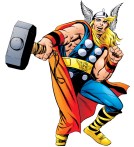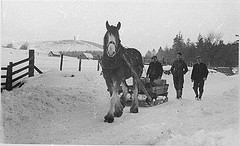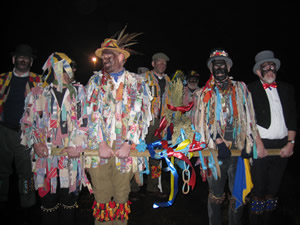Ever since the first people sat around their campfires, we have told stories. People tell tales to explain events and to justify their actions. We see how one thing led to another, and wonder what might happen next. We learn about how we should behave in a similar situation. We use stories to understand the world.
Myths
are some of the best stories ever told. They have stood the test of
time, surviving to be re-told generation after generation. Tales of
heroes and clever girls, treasure and monsters capture our imagination.
Our modern world doesn’t contain many dragons, but metaphorical monsters
still exist. Whether you’re fighting the establishment, coping with
colleagues or dealing with depression, stories show you a way to go on.
Myths and fairytales tell us to be brave and teach us to tackle life’s
problems. Whether you’re a princess or an urchin, a lot of courage and a
measure of good sense will see you through.
 The
mythology of the Norsemen tells us about their world. The Gods were
always fighting the Ice Giants, just as men battle with the forces of
nature. The tales of the Vikings embody their values. The Gods of Asgard
were a close-knit group, mirroring the strong family ties of Northern
society. They were brave, generous and loyal to their friends – but
always on guard against threats and treachery.
The
mythology of the Norsemen tells us about their world. The Gods were
always fighting the Ice Giants, just as men battle with the forces of
nature. The tales of the Vikings embody their values. The Gods of Asgard
were a close-knit group, mirroring the strong family ties of Northern
society. They were brave, generous and loyal to their friends – but
always on guard against threats and treachery.
Thor
was the most popular figure in the Norse pantheon. A big man with a
bushy red beard, he was slow of thought but quick to action. Thor’s
hammer Mjollnir was his greatest weapon in the battles with the Ice
Giants. Forged by the dwarves, it never missed its mark; guided by
magic, it always flew back to his hand. His brother Loki, the Trickster,
was a very different character. Clever and devious, Loki’s schemes
often saved the day.
‘Vikings: Life and Legend’ is at the British Museum from 6th March – 22 June 2014. To coincide with this exhibition, I’m running two 1-day courses on Norse myth at the City Lit in London.

